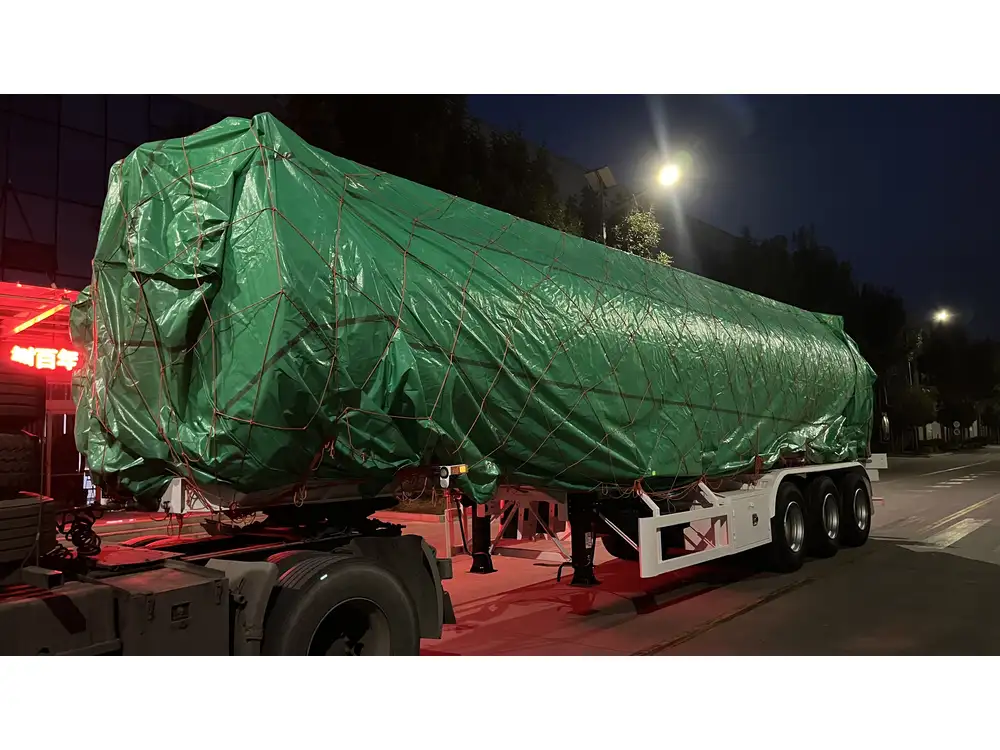When it comes to maintaining the freshness and safety of your travel trailer’s water system, one crucial aspect is the sterilization of your water tank. Often overlooked, this step is vital in preventing contamination and ensuring a pleasant and safe travel experience. In this guide, we will provide you with a thorough, step-by-step process for sterilizing your travel trailer water tank, along with valuable tips and insights.
Understanding the Need for Sterilization
The water tank in your travel trailer is susceptible to various contaminants, including:
- Bacteria: Naturally occurring microorganisms that can cause health issues.
- Algae: Can thrive in warm conditions and leads to unpleasant tastes and odors.
- Sediment: Accumulation of minerals and dirt that can compromise the water quality.
These contaminants can arise from prolonged inactivity, exposure to the elements, or even dirty hoses during filling. Regular sterilization can mitigate these risks, ensuring you’re drinking clean, safe water during your travels.
Essential Tools and Materials
Before we delve into the sterilization process, having the right tools and materials at your disposal is essential. Here’s a checklist of what you’ll need:
| Tool/Material | Purpose |
|---|---|
| Bleach (Unscented) | Disinfecting agent for sterilization |
| Clean Water | For rinsing and dilution |
| Bucket | For mixing bleach and water |
| Hose | Used for water filling |
| Funnel | Helps to pour bleach into the water tank |
| Measuring Cup | To measure bleach accurately |
| Gloves | Protects your hands from bleach |
| Safety Goggles | Eye protection while handling bleach |
| Clean Cloth | To wipe down fittings after sterilization |

Step-by-Step Guide to Sterilizing Your Travel Trailer Water Tank
Step 1: Preparation of the Water System
Drain the Water Tank: Completely empty your water tank. Locate the drain valve and let all remaining water flow out. Make sure you also drain any inline filters or water lines connected to the tank.
Inspect the System: Check for signs of algae, sediment, or corrosion in the tank and lines. A visual inspection will help you identify any areas requiring extra attention.
Step 2: Mixing the Bleach Solution
Calculate the Amount of Bleach: The standard mixture for sterilization is 1 cup of unscented bleach for every 15 gallons of water your tank holds. For example, if your tank has a capacity of 30 gallons, you would need 2 cups of bleach.
Prepare Bleach Solution: In your bucket, mix the calculated amount of bleach with clean water to make about 2 quarts of solution. Ensure you’re in a well-ventilated area while doing this, as bleach can produce potent fumes.

Step 3: Filling the Tank
Pour the Bleach Solution: Using a funnel, carefully pour the bleach solution into the water tank. This step can be tricky, so take your time to avoid spills.
Fill with Water: Connect your hose to the freshwater supply and begin filling the tank with clean water. Fill it to its capacity, ensuring the bleach solution disperses evenly throughout.
Step 4: Mixing and Circulating the Solution
Agitate the Water: After filling, turn on your water pump and open all faucets to circulate the bleach solution throughout the entire water system. Let it run until you smell the bleach at each tap (this indicates that the solution has reached every corner of your plumbing).
Allow to Sit: Once the bleach has been distributed, turn off the water pump and let the solution sit for a minimum of 4 to 12 hours. This contact time is critical for effective sterilization.
Step 5: Flushing the System
Drain the Tank: After the waiting period, drain the bleach water mixture from your tank. Make sure to follow local regulations regarding the disposal of bleach-water solutions.
Rinse the System: Refill the tank with clean water and repeat the process by running the water through all faucets, including the shower and toilet, to ensure any remaining bleach is flushed out. Repeat this step two or three times to guarantee that all traces of bleach are removed.

Step 6: Final Inspection
Taste Test: After flushing, fill your tank with fresh water and check for any residual bleach taste or odor. If present, repeat the rinsing process until the water is free from bleach.
Check Components: Inspect all fittings and hoses for wear or damage. If any components show signs of deterioration, consider replacing them to maintain water quality.
Tips for Maintaining a Clean Water System
While the sterilization process is critical, regular maintenance can significantly extend the cleanliness and usability of your travel trailer’s water system:
- Use a Water Filter: Consider installing a water filter system that can remove impurities before they enter your tank. This will help limit the buildup of contaminants.
- Check Water Quality Regularly: Whenever you access a water source, ensure the water’s cleanliness through visual inspection and, if necessary, use water testing kits.
- Winterize Properly: During off-seasons, ensure your water system is drained to prevent freezing and further complications.
- Flush Regularly: Even if not used frequently, flush your system with fresh water periodically to diminish the potential for stagnation.
Concluding Thoughts
Maintaining the integrity of your travel trailer’s water tank is essential for ensuring safe water consumption and enjoying a comfortable travel experience. By following these steps to sterilize your water tank, you are proactively addressing potential health risks and enhancing your overall travel quality.
It’s always a good idea to document your maintenance schedule and any inspection notes to improve the performance of your water system consistently. Safe travels and enjoy every journey with the peace of mind that comes from knowing your water is clean and safe!



